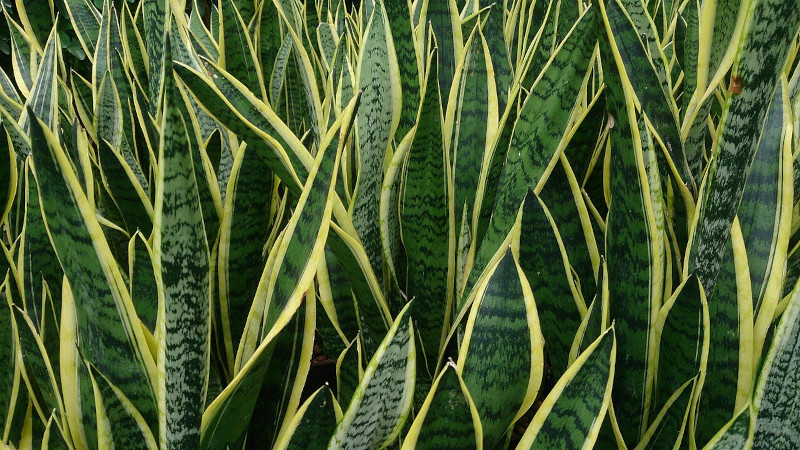
Snake Plant Facts
- This intriguing product of botanical evolution most frequently goes by the attention-grabbing common name of the Snake Plant. Yet, the fascinating flora also has several other general titles. These include such highly attention-grabbing terms as the mother-in-law’s tongue.
- Within the scientific community, however, the flora’s possibly much better known by its technical moniker. Unfortunately, that’s a tag that’s somewhat difficult for the layperson to pronounce. That’s because the plant holds the technical designation of Dracaena trifasciata.
- The eminent Swedish zoologist Carl Linnaeus was the first individual to recognize it as a separate and distinct species, in 1753. At the time, however, he assigned it a different appellation than it holds now. It’s subsquently been reclassified on several occasions.
- Thankfully, the remarkable Snake Plant continues to maintain a thriving and stable population base. That pleasant state further seems to hold true throughout the entirety of its native range. The IUCN thus presently has no listing for the plant on its Red List of Threatened Species.
- The botanical marvel nevertheless still faces several potential threats to its continued existence as a species. Like most forms of life on the earth today, most of these stem from the actions of mankind. These perils include the dual dangers of habitat loss and ongoing climate change.
Related Articles
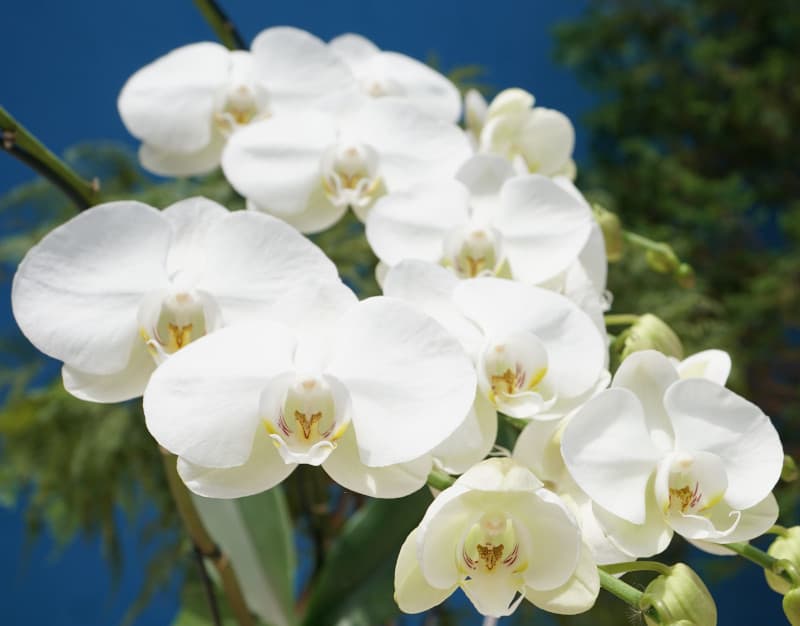
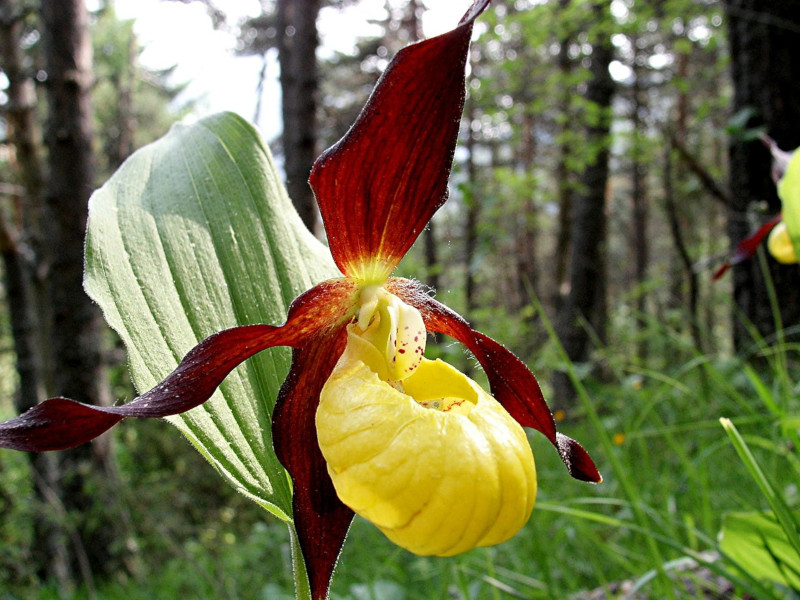
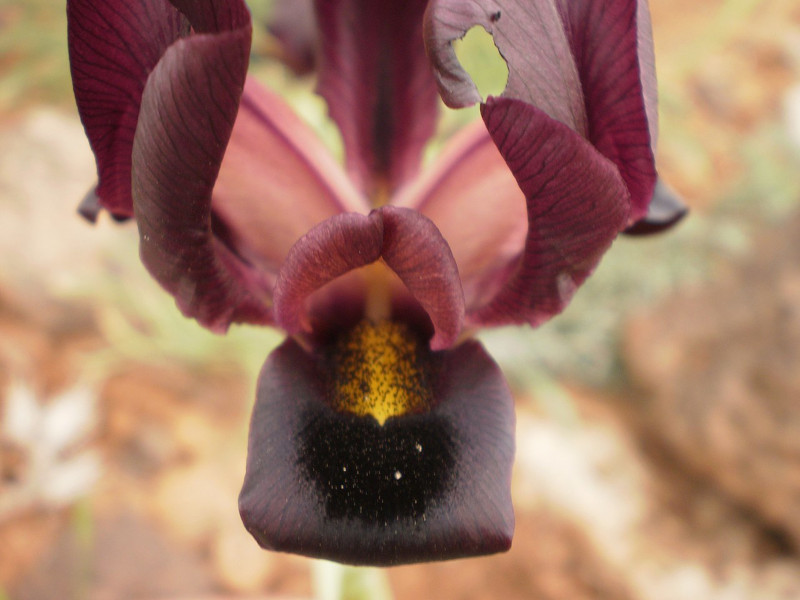
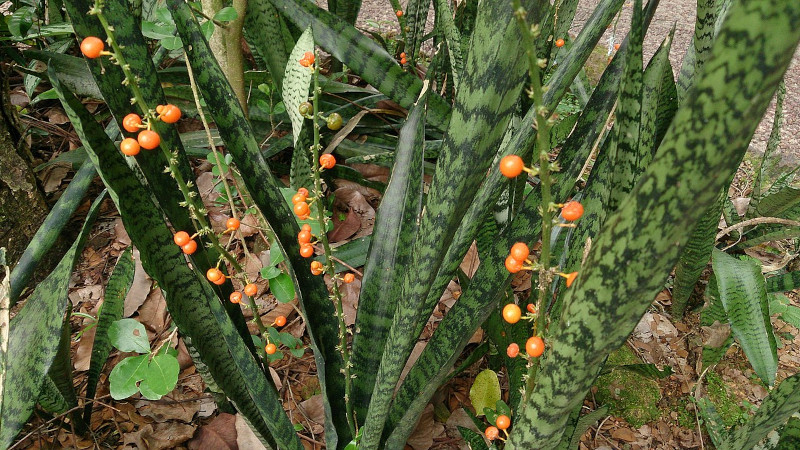
Snake Plant Distribution, Habitat, and Ecology
The amazing Snake Plant presents a most unique outward appearance to the eyes of those who view the flora. It’s that distinctive look, however, that attracts the interest of those same individuals. The natural wonder holds a wide variety of characteristics to appeal to many different interests.
Its rhizome, essentially the stem of the Angiosperm, itself displays a particularly distinctive trait. That’s true due to the variability of its nature. Producing both root and shoot aspects of the flora, this sometimes appears above the surface, yet at other times develops below the ground.
Developing as an evergreen, the plant produces mulitple leafy strands. Abundant in number, this foliage also grows in a strongly vertical direction, as well as in large numbers. Typically clustered tightly together, these features generally grow upward from the rhizome of the unusual flora.
It’s those leaves of the Snake Plant that both receive the most notice and serve as the source of the common name. Each individual leaf possesses a surprisingly thick, stiff nature. The great majority of viewers compare their appearance with that of a snake, thus the unusual common name.
Mean dimensions for these measure 2 – 2.4 in (5 – 6 cm) in width and 2.3 – 3 ft (0.7 – 0.9 m) long. Exceptional specimens do occasionally occur, though. Under ideal conditions, the numerous leaves of this amazing marvel of Nature sometimes attain heights measuring as much as 6 ft (1.83 m).
The fruit of the species develops as a fairly small sphere that changes is color from green to orange as it matures. Its flowers also surprise one, since they vary in nature. Colors range from cream-colored to a greenish-white. Some develop as quite fragrant, while still others have no scent.
- Kingdom: Plantae
- Phylum: Tracheophyta
- Class: Monocots
- Order: Asparagales
- Family: Asparagaceae
- Genus: Dracaena
- Species: D. trifasciata

Snake Plant Distribution, Habitat, and Ecology
The remarkable Snake Plant evolved as native to only a moderate expanse of the surface of the earth. The location of that zone of habitation places it in an area that might surprise some people, though. The Angiosperm developed as endemic to a portion of the continent of Africa.
Within that area it appears inside the borders of a number of countries. Some of these host locations include the nations of Cameroon, Gabon, and Nigeria. Though it’s now been spread by human actions, it remains unknown if it ever developed outside this range naturally.
The attention-grabbing flora evolved decidedly clear preferences regarding its choice of habitat. Despite that limitation, however, it’s proven itself to have the capacity to adapt to other environments, provided these do not vary too significantly from that it developed in.
In its natural territorial range, the wonder of botanical evolution appears in regions of dry, tropical climates. Another aspect of areas it most typically appears in naturally is the presence of rough, often rocky terrain. It’s in this specific ecosystem that the plant flourishes best, though.
In the wild, the impressively versatile Snake Plant achieves pollination of its blooms via the actions of various locally prevalent insect species. Slightly uncommonly, perhaps, the leading invertebrate pollinator consists of moths. Yet, the flora also retains the amazing ability to self-pollinate.
In the wild, in its native environment, it also plays an important role in its local ecosystem. Its densely-packed leaves often provide shelter to a wide range small creatures. Its extremely complex root system additionally contributes greatly to the prevention of soil erosion in its habitat.
Species Sharing Its Range
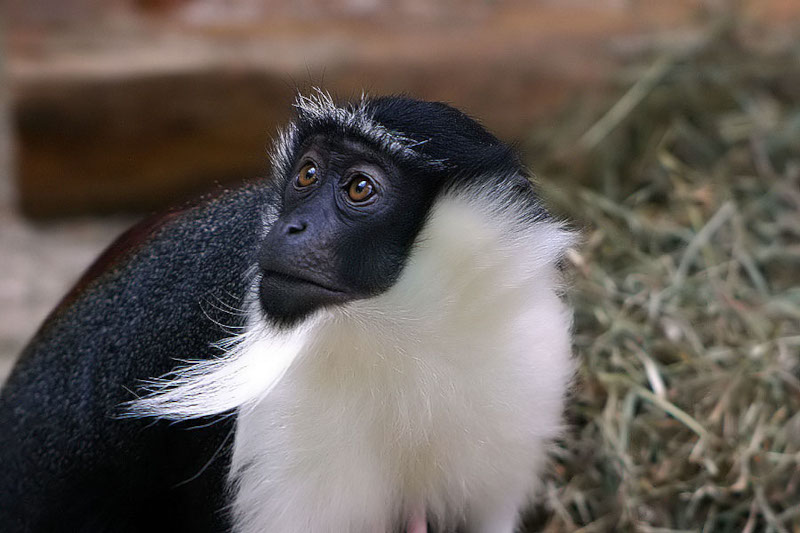
Roloway Monkey
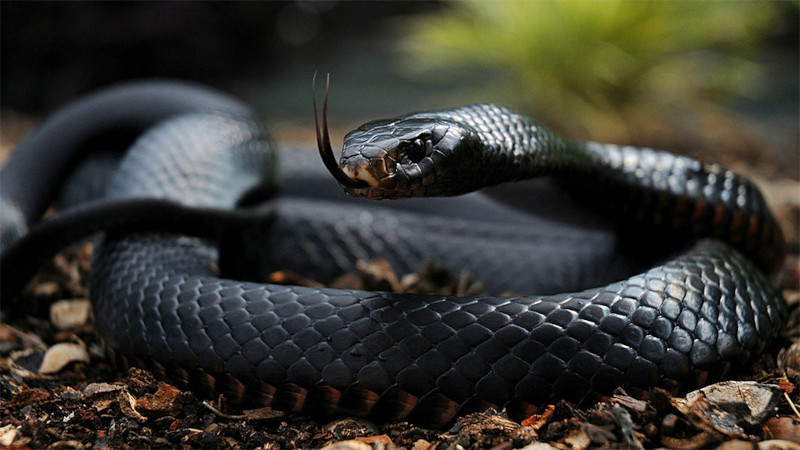

Check out our other articles on 4 Remarkable Reptiles of Australia, Eurasian Brown Bear, Blood Falls, Spiny Butterfly Ray, Indian Bullfrog, Scarce Swallowtail, Fire Salamander, Lau Banded Iguana









Leave a Reply